
We live on about 3 acres of rocky limestone hillsides loaded with cedar trees and roots! While it’s not what one would think of as an ideal horse environment, it is actually a far better choice of living space, especially if your horse has metabolic challenges.
At the beginning of my horse journey, I was introduced to the benefits of creating a track system for my horses’ living environment. It benefitted their hooves, their digestion, in general their overall wellness. It was easy for me to see this was what I wanted for my horses. In addition, the concept fit extremely well with our small acreage and varied terrain. We even have access to an old road to utilize which has a great hard packed base for a trail.
As fate would have it, I acquired a couple of foundered horses (from my trimming practice) as well as a Morgan horse (a hardy breed that does not need rich feed to maintain weight and good health). Our track system has proved to be the ideal living set up for horses with metabolic issues, hoof troubles and for avoiding the problems with spring and fall grasses.
Our track contains no lush grass. It does offer a variety of plants, shrubs and trees that our horses browse as they move around the different paths on the track system. We have the benefit of monitoring our horses’ grass intake by allowing them to roam the rest of the property at strategic times to benefit them. We choose times when the sugars are lowest in the grass. When the sun is out, plants are producing their sugars for energy through photosynthesis. This is high sugar content time and should be avoided. It is at night when the grasses use up their sugar stores from the day, so the very early morning is the safest time for the lowest sugar levels.
Once the fall comes and the temperatures drop at night, grass begins to hold onto their sugar stores for its growth. This “stressed” grass is now very high in sugar. Any stressed grass will have increased sugar levels so be aware, especially for your at risk horses. Some other ways that grass gets stressed are by over-grazing, drought and frost. Even the brown grass late in the fall when it’s still warm during the day will have sugar filled green sprouts that your horse would love to snack on!
Waiting for the temperature swings to stop and the grasses to go dormant is a safe option for your horse.
Other safe options…
- Consider setting up a track system or at least elements of it for your horse. Creating a forage based, movement centered space will do wonders for them!
- Create a dry lot for your horse and encourage movement within the space through the placement of hay bags or hay piles.
- Use a muzzle and monitor their time of day out as well as the amount of time out.
- Consider a probiotic to benefit their gut health. This is a key component to overall health. Life 9 is the probiotic I love and use for my herd.
If you’re curious to learn more about setting up your own track system, take a look at Guide 3 in my community The Hearts of Horses; Empowering Through Holistic Care. You’ll find videos with information on how to create your own track system.
May you and your horses enjoy this fall season in good health...
Marta


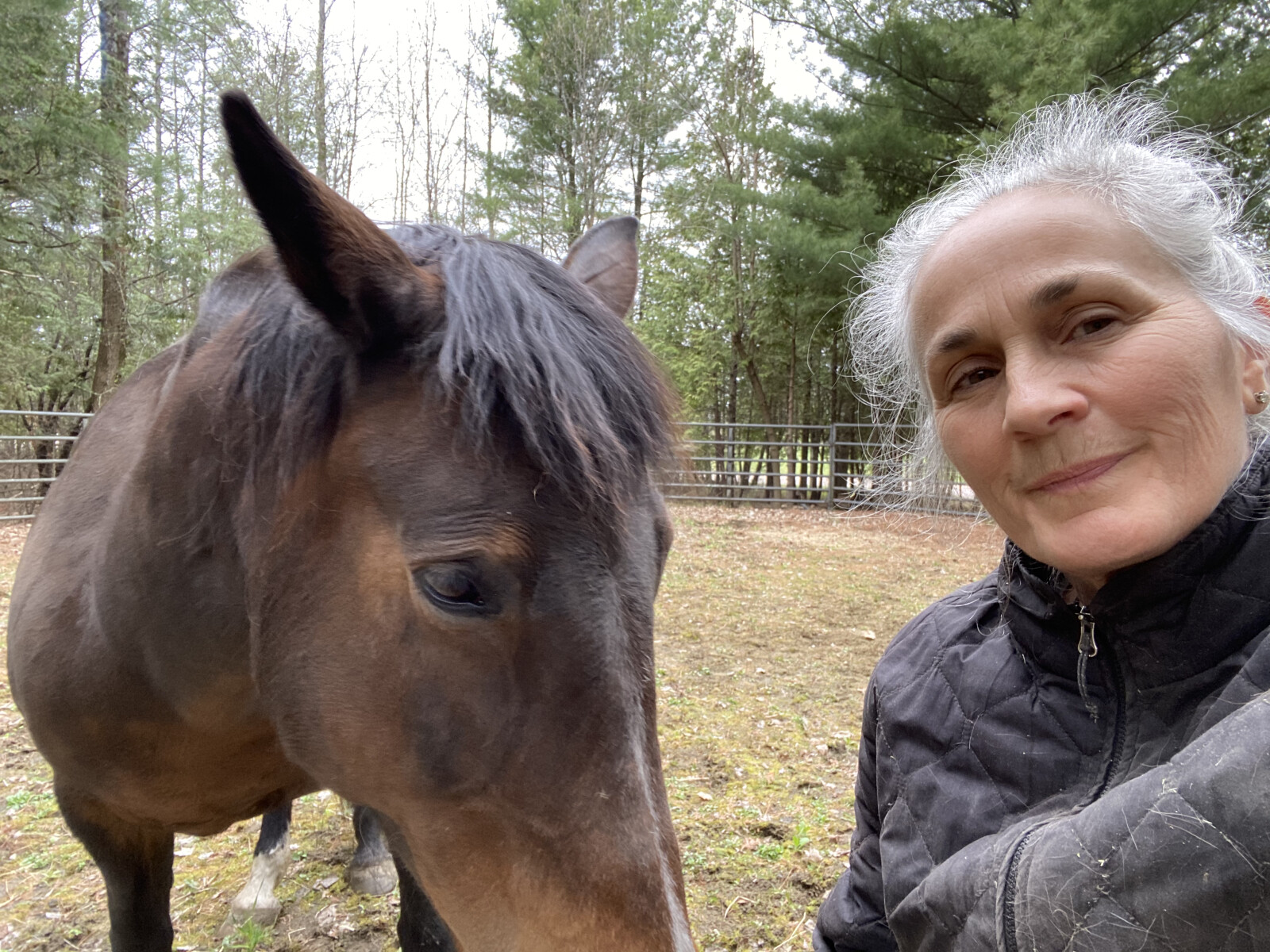
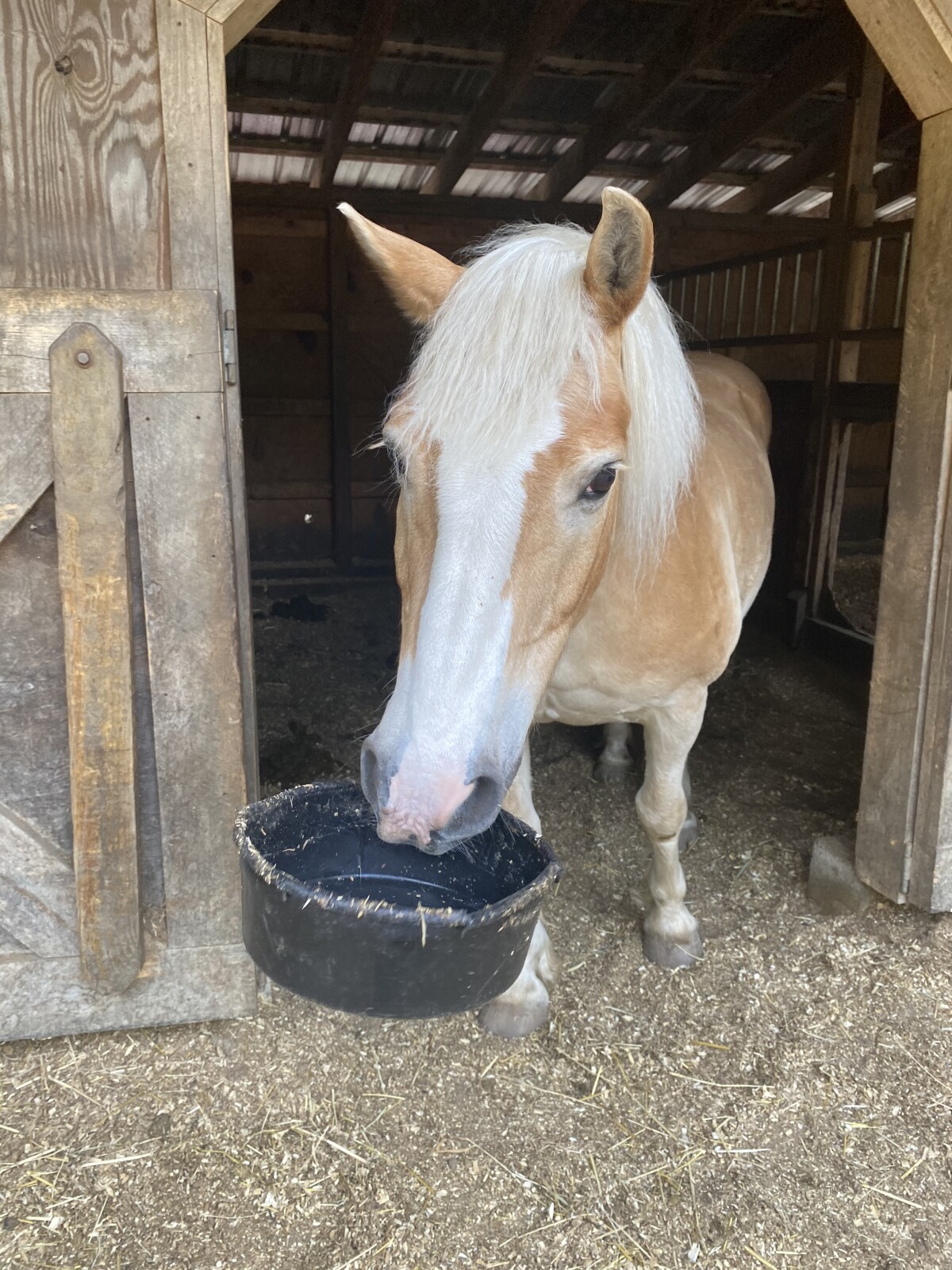
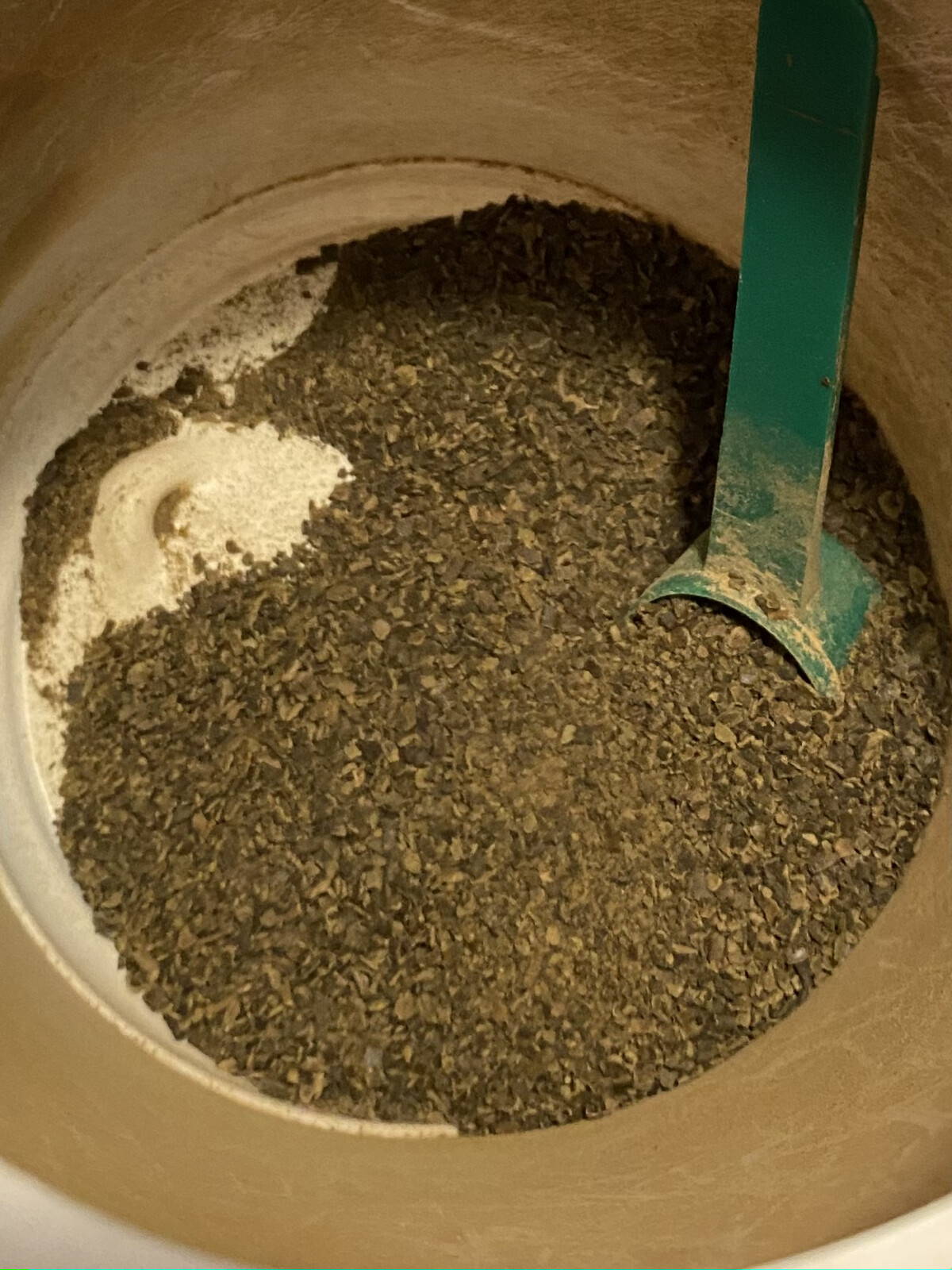
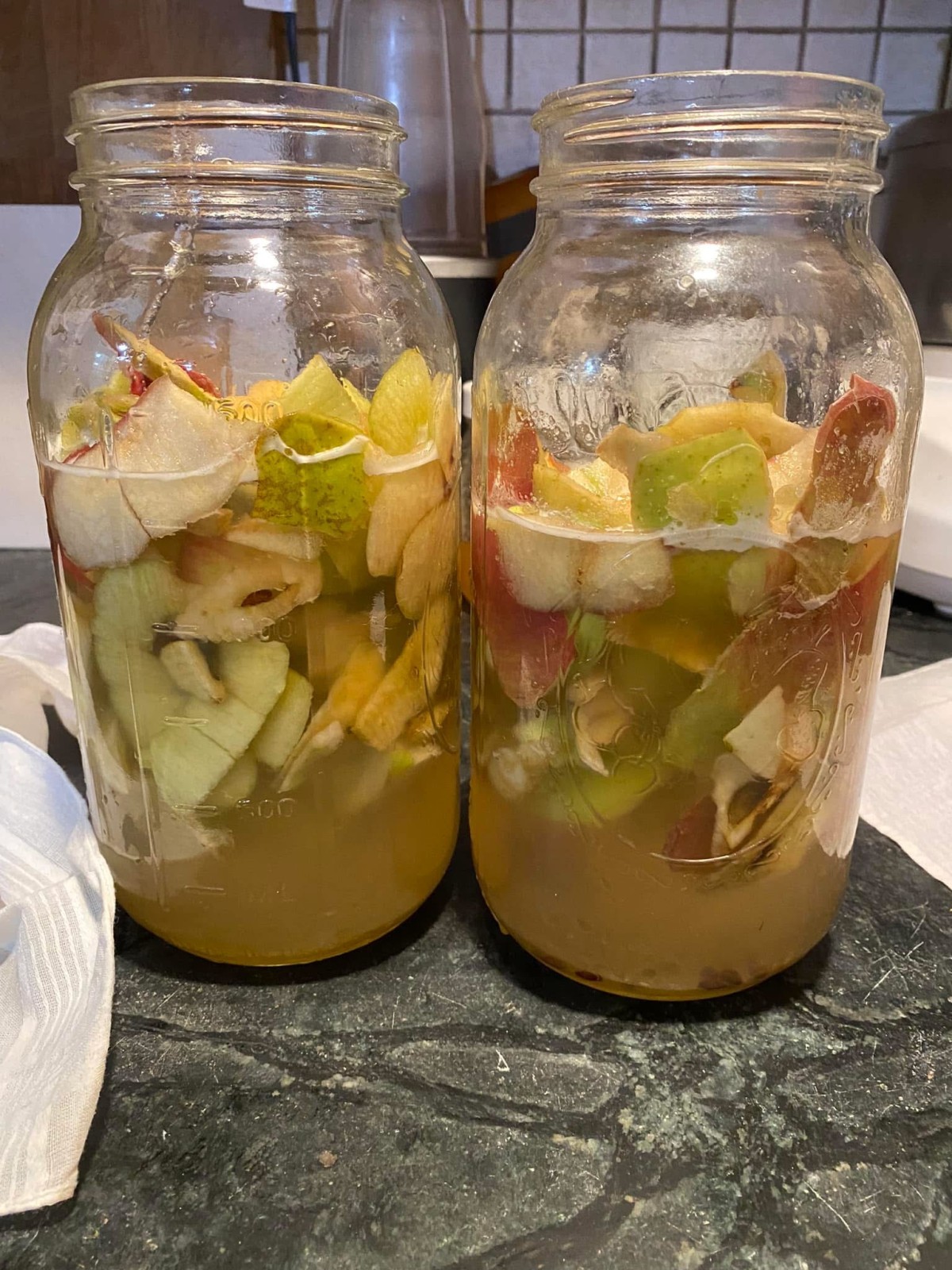


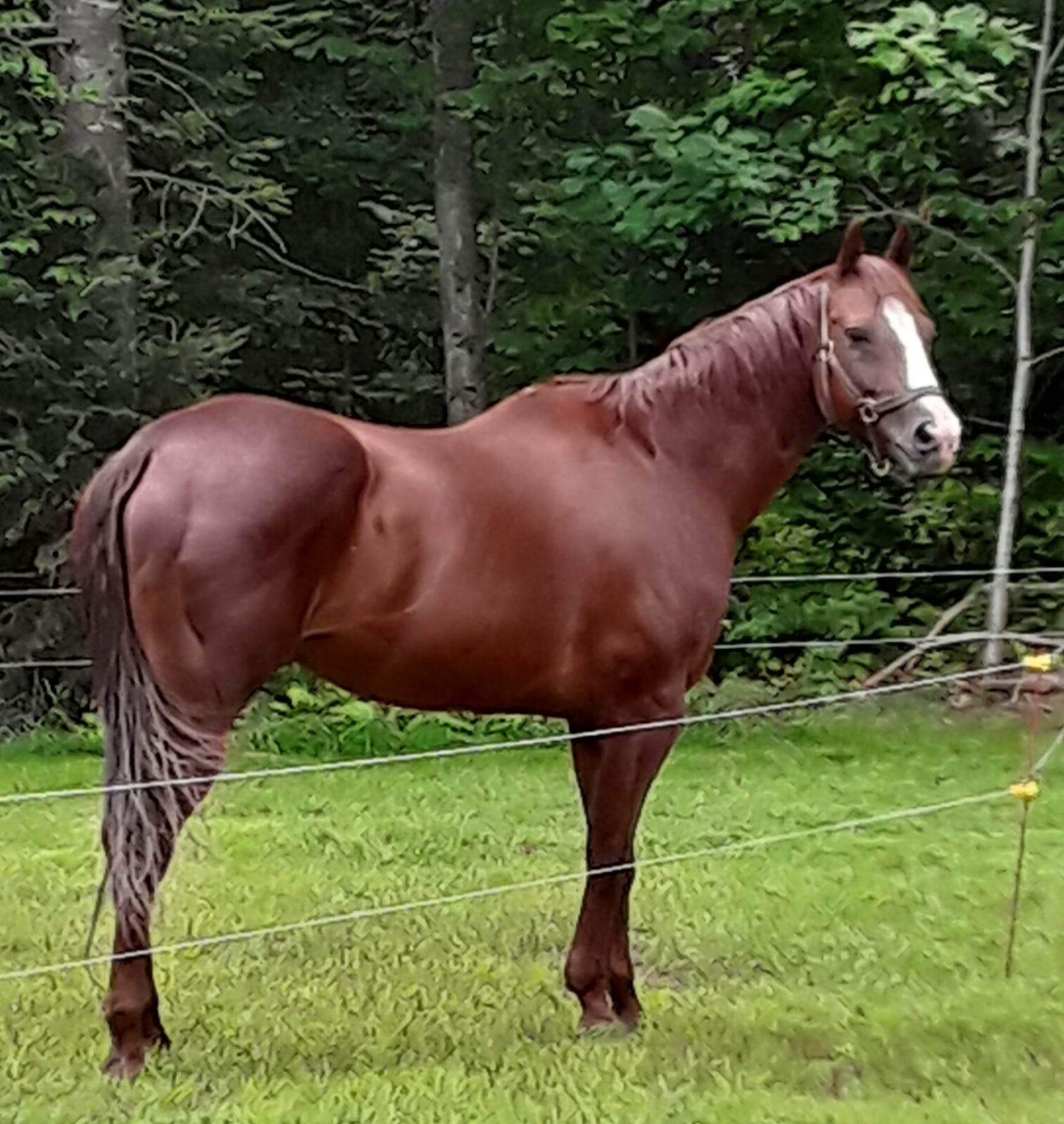
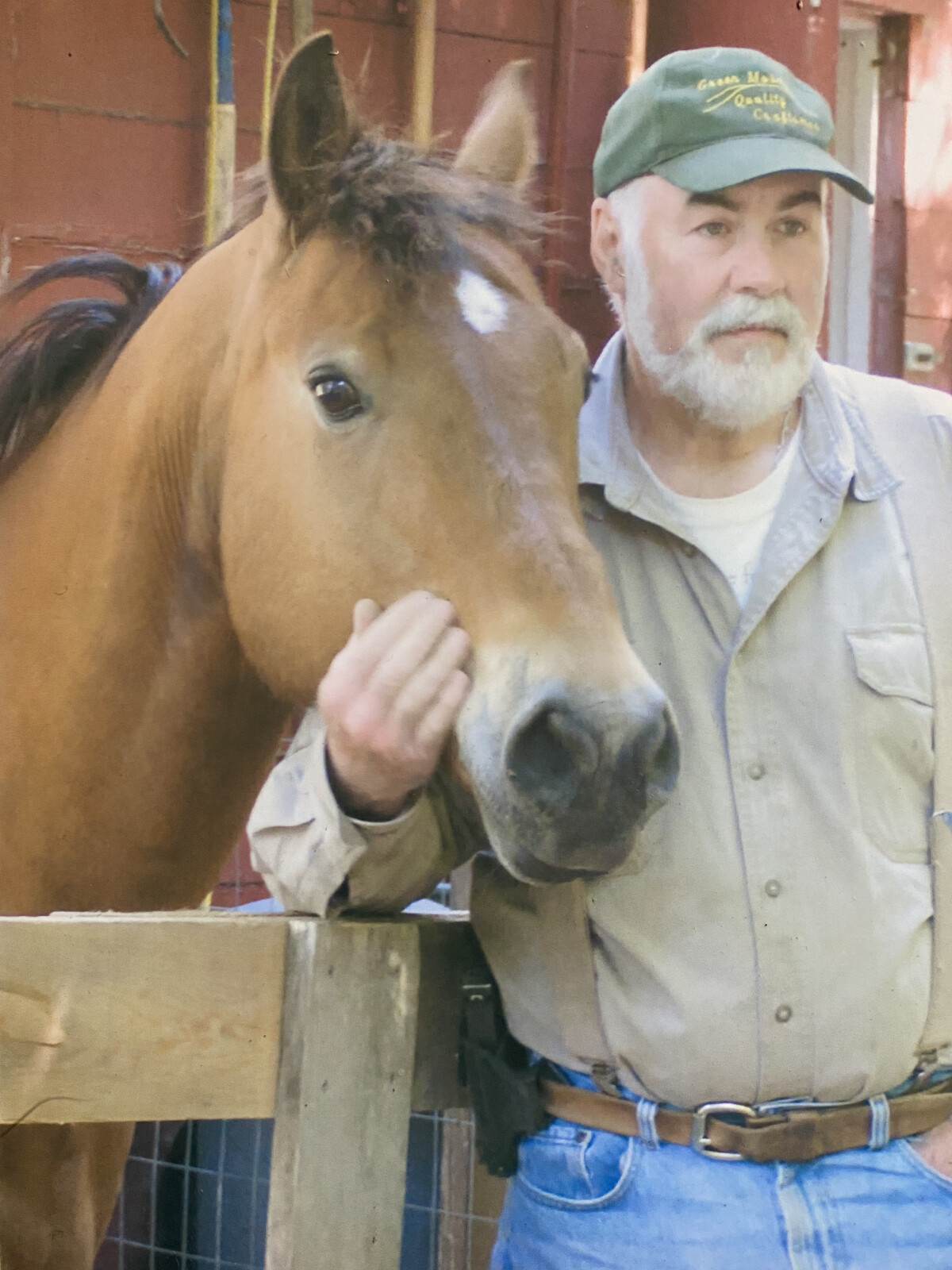
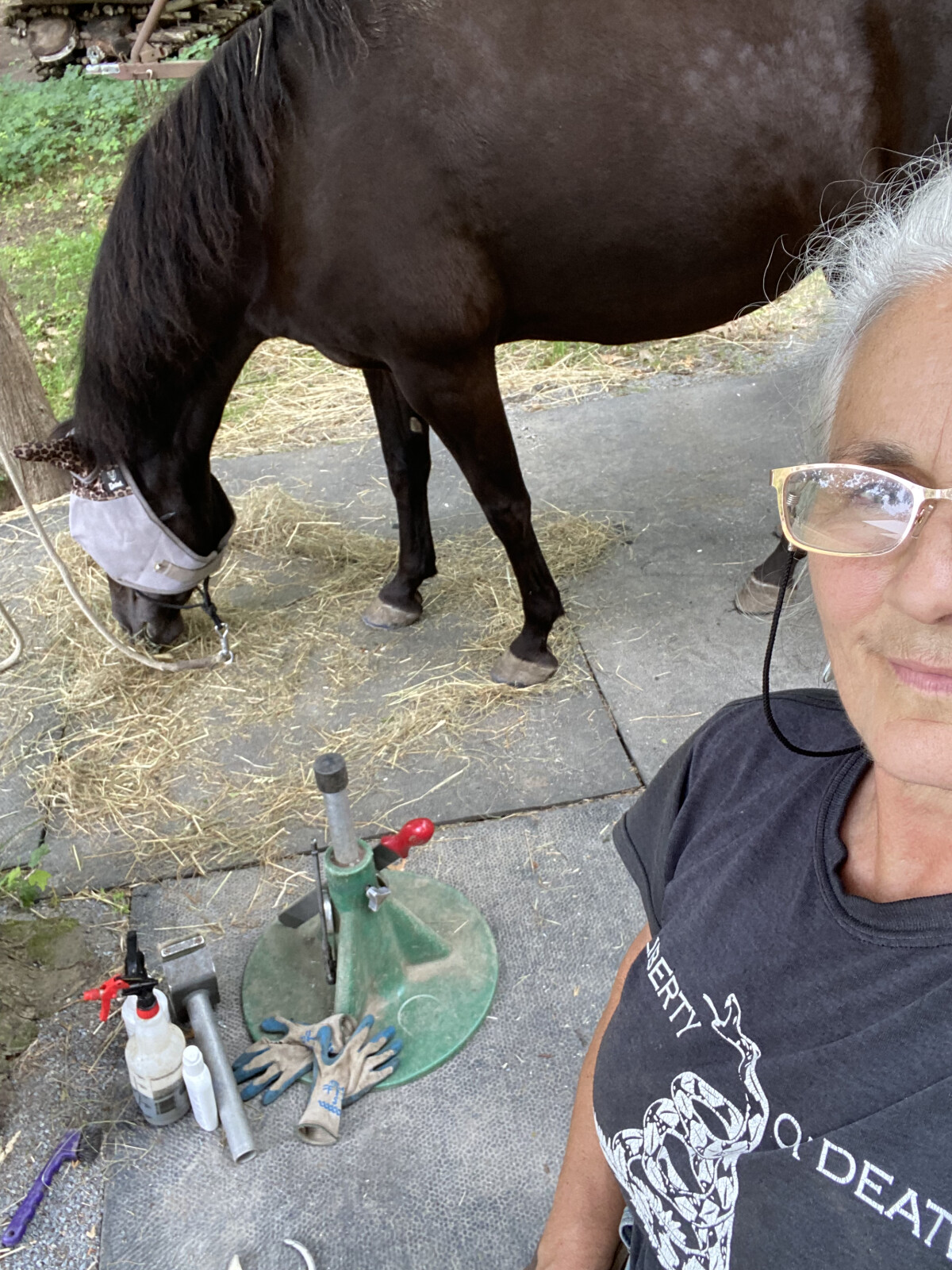
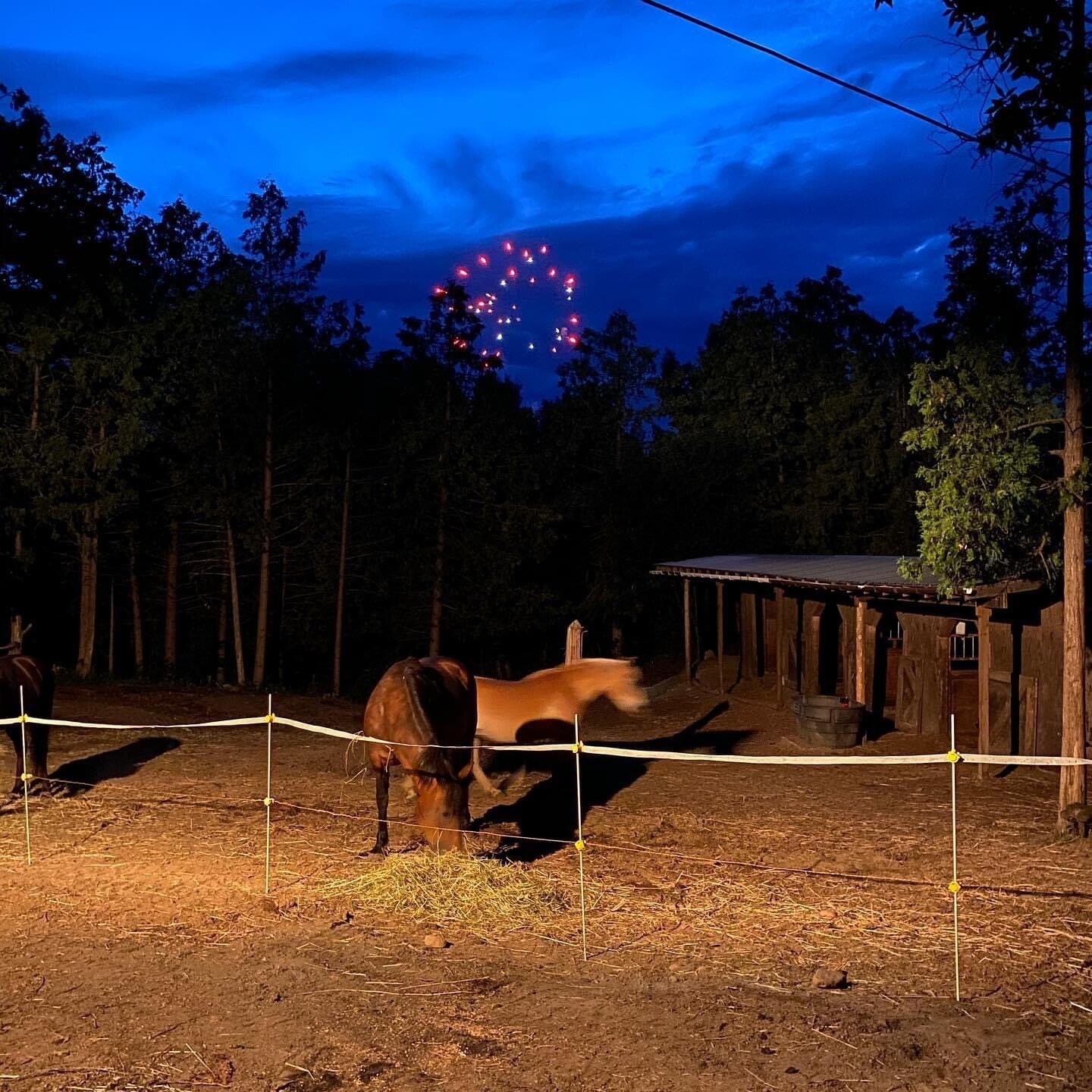
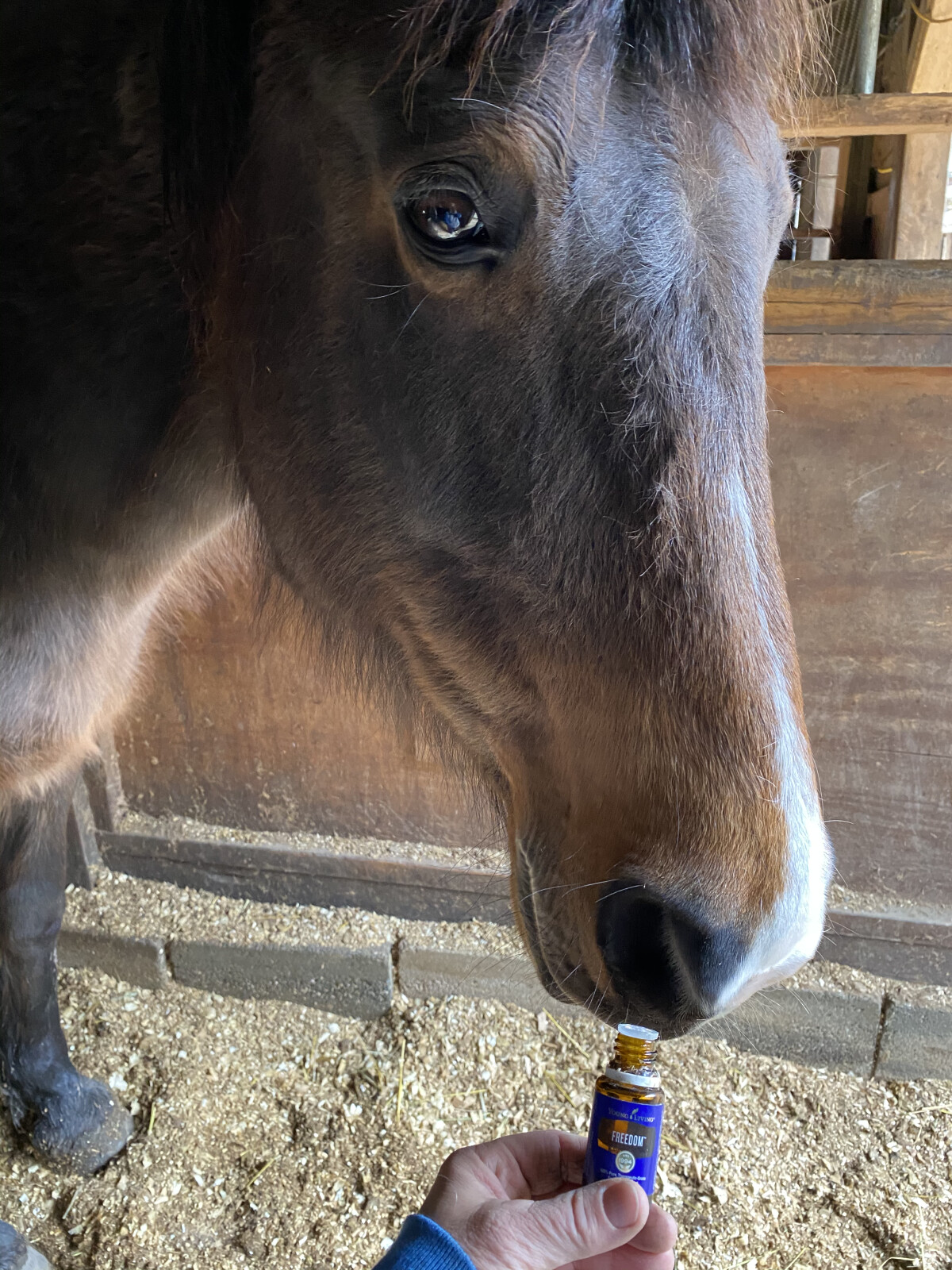
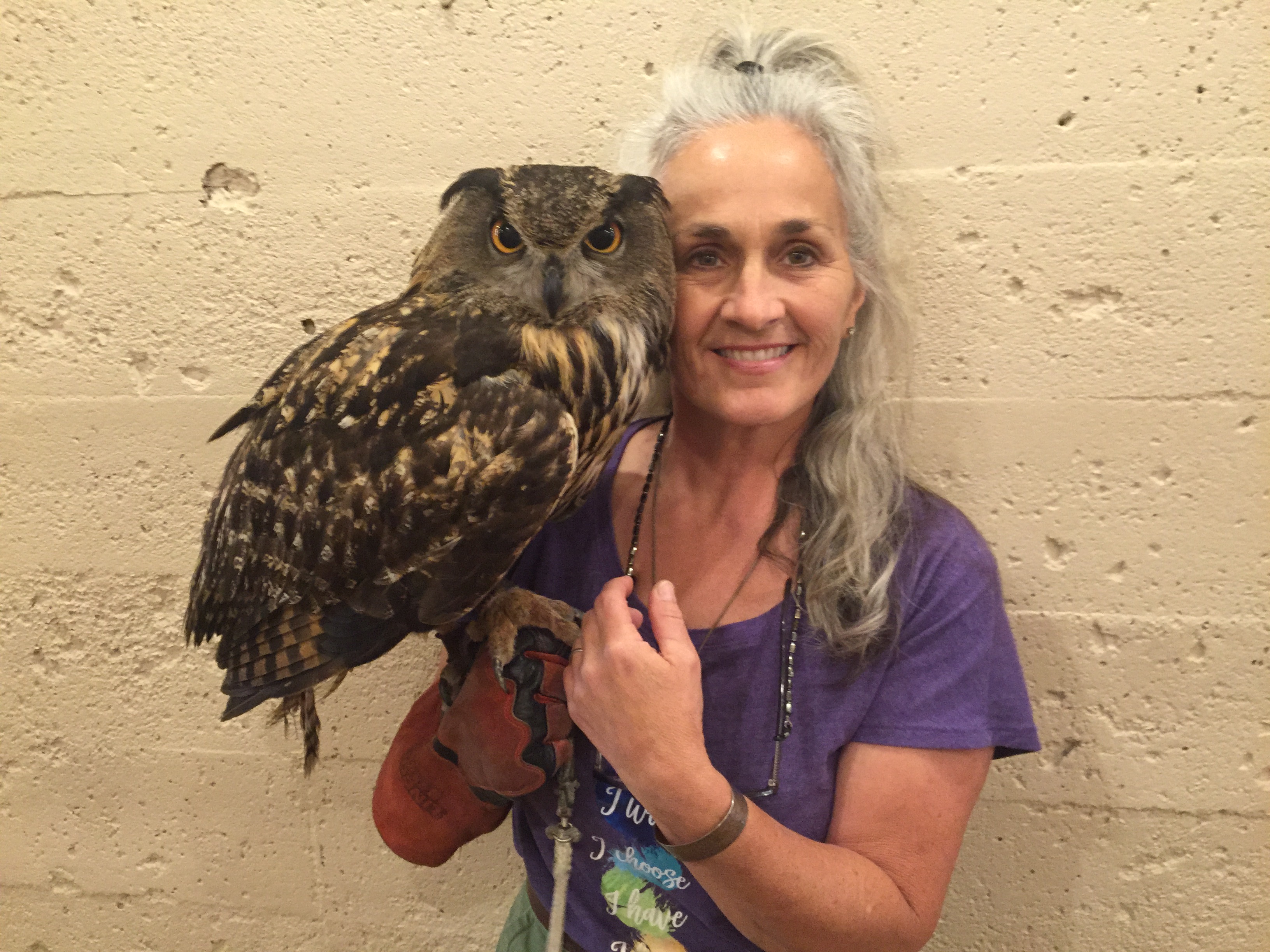
0 Comments